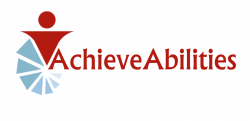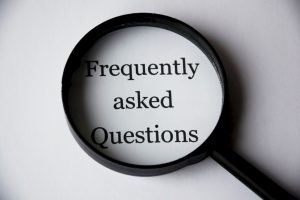Benefit Programs
Some benefit programs are “need-based” or “means-tested.” This is another way of saying there are income and asset limits to receive the benefit. Examples of programs with income and asset limits are:
- Supplemental Security Income (SSI)
- Medicaid/Medical Assistance (MA)
- Affordable Housing programs (Section 8, Public Housing, Section 42): a portion of your assets may be counted if the balance or value is high enough. Check with your housing program or building manager about asset limits.
Depending on where you live, there may be Medicaid options that have higher asset limits. But the asset limit for SSI is $2000. If you live in a state where SSI comes with Medicaid, the asset limit to keep that Medicaid is also $2000.
Asset limits are important to know because going over can end your eligibility for these programs. The thing I notice most when discussing asset limits is people’s surprise when they learn what they CAN have, or what isn’t counted in asset tests.
So what is an asset? Basically, anything that can be readily cashed out will be counted toward your asset limit. Most commonly:
- balance of checking and savings accounts
- cash on hand for more than 30 days
- investment accounts (401k, IRA)
Knowing what isn’t an asset is just as
important as knowing what is. This knowledge allows some of the barriers to
working and saving to be removed without risking program eligibility.
The following are not
counted toward asset test limits (this list is not
complete, but does include some of the most typical asset questions):
- One vehicle for a single person; if you have two cars, the one of lesser value will be counted toward your asset limit.
- Your primary residence; if you own your home, the value of your home will not be counted toward asset limits. If you have a 2nd property, the value would be counted toward your asset limit.
- Financial Aid: student loans are not counted, and grants are only counted if they are not spent on tuition within 9 months.
- Back payments; often when your SSI or SSDI benefit starts, you will receive a larger payment for the time between your application and disability determination. This is a back payment for the time you were entitled to the benefit but were not receiving it. A back payment is not counted as an asset right away. You have 9 months to spend the money or invest it in an exempt account.
- Cash used to purchase medical devices or social services
- The balance in ABLE Accounts (up to a certain amount depending on your state of residence)
- The balance of a Special Needs Trust
- The balance in an Independence Account (Wisconsin MAPP program only)
- Contributions to a PASS plan



